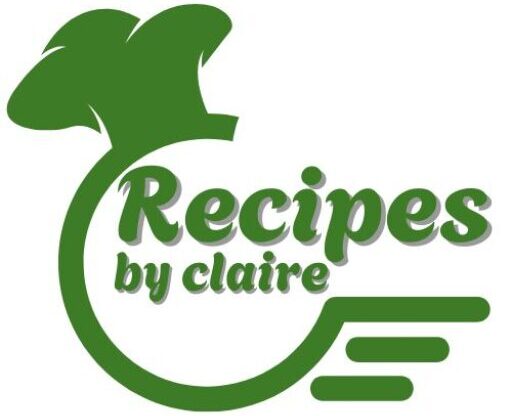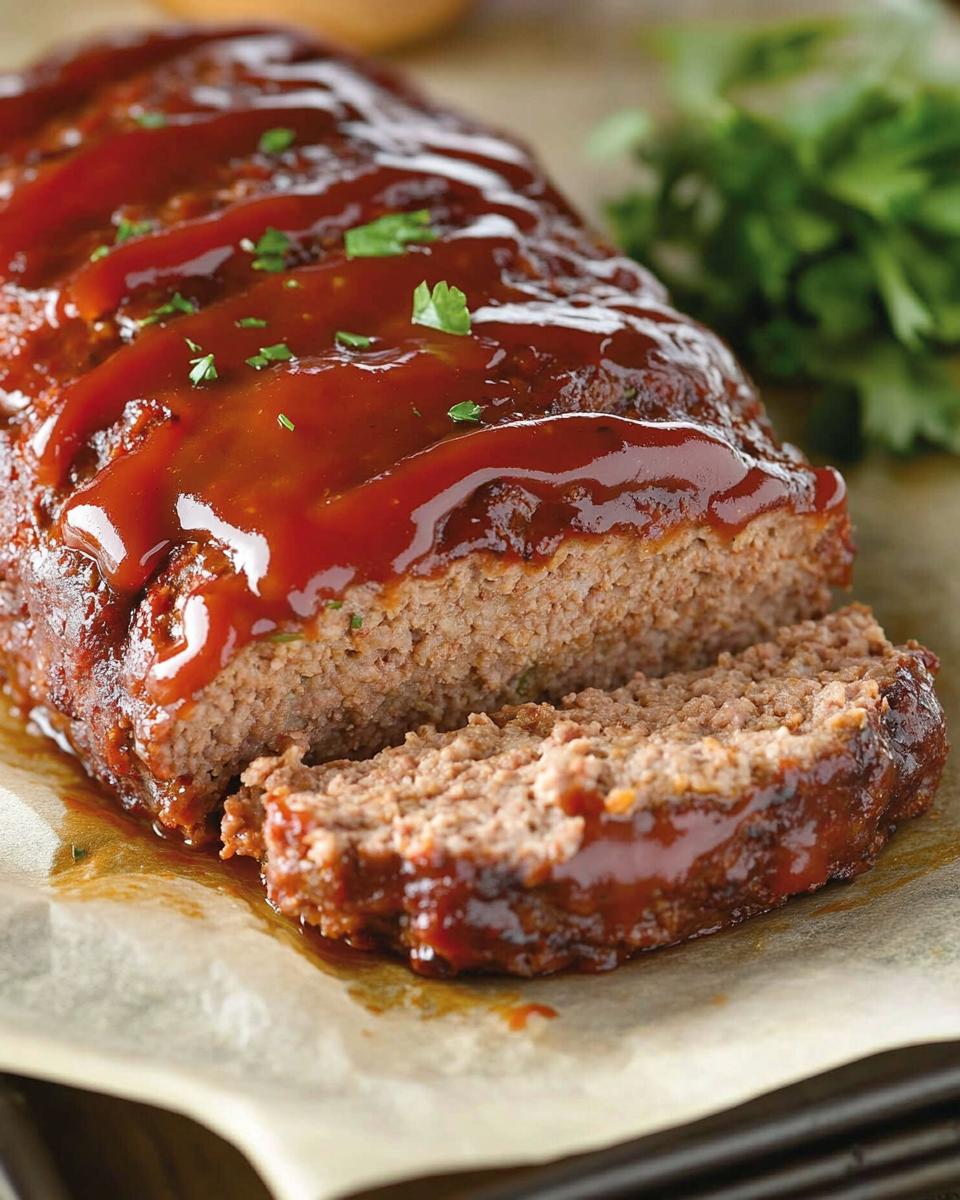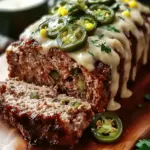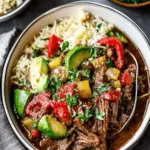The One Pound Meatloaf is a timeless family favorite that’s easy to prepare and delivers maximum flavor. With just a handful of pantry staples and minimal prep time, you can have a satisfying dinner that tastes like home. The rich blend of beef, breadcrumbs, and a tangy ketchup glaze creates that savory-sweet balance everyone loves. Perfect for busy weeknights or Sunday dinners, this meatloaf is versatile enough to pair with mashed potatoes, green beans, or even a crisp salad. Whether you’re cooking for a crowd or just need a simple go-to meal, this one-pound wonder has you covered.
Full Recipe:
Ingredients:
-
1 pound ground beef (80/20)
-
1/2 cup breadcrumbs
-
1/4 cup milk
-
1 egg
-
1/4 cup ketchup (plus more for topping)
-
1 tablespoon Worcestershire sauce
-
1 teaspoon garlic powder
-
1 teaspoon onion powder
-
1/2 teaspoon salt
-
1/2 teaspoon black pepper
-
Optional: chopped parsley for garnish
Directions:
-
Preheat oven to 375°F (190°C). Line a baking sheet with parchment paper or foil.
-
In a large mixing bowl, combine the breadcrumbs and milk. Let sit for 2-3 minutes to absorb.
-
Add the egg, ketchup, Worcestershire sauce, garlic powder, onion powder, salt, and pepper. Stir until fully combined.
-
Add ground beef to the mixture and use your hands or a spatula to mix until just combined do not overwork.
-
Form the mixture into a loaf shape and place it on the prepared baking sheet.
-
Spread a layer of ketchup over the top of the loaf for a classic glaze.
-
Bake for 45-50 minutes, or until the internal temperature reaches 160°F (71°C).
-
Let rest for 5-10 minutes before slicing. Garnish with chopped parsley if desired.
Prep Time: 10 minutes | Cooking Time: 50 minutes | Total Time: 1 hour
Kcal: 310 kcal | Servings: 4 servings
The Ultimate Guide to Classic One Pound Meatloaf
If there’s one dish that perfectly embodies the essence of comfort food, it’s the humble, hearty meatloaf. Particularly, the Classic One Pound Meatloaf has earned its place in American kitchens for generations. This recipe, rooted in tradition, is cherished for its simplicity, affordability, and satisfying flavor. Whether served as the main dish at a weeknight dinner or as leftovers in a sandwich the next day, meatloaf continues to be a go-to choice for home cooks looking for a delicious, dependable meal.
In this article, we’ll explore the origins, versatility, cooking tips, nutritional aspects, serving suggestions, and storage advice for the classic one pound meatloaf plus a few creative ways to take your meatloaf game to the next level.
A Brief History of Meatloaf
Meatloaf may feel like a quintessentially American dish, but its roots trace back to Europe, particularly Germany, where minced meats were blended with stale bread and spices to create nourishing, economical meals. Over time, the dish traveled to America with immigrants, and by the 20th century, it became a staple of American home cooking especially during the Great Depression, when stretching meat with fillers like breadcrumbs became a necessity.
In the U.S., meatloaf saw a resurgence in popularity during the 1950s, thanks to its practicality and comfort appeal. Cookbooks and magazines popularized countless variations, and today, it remains a beloved centerpiece of home-cooked meals across the country.
Why One Pound Meatloaf is Ideal for Modern Cooking
While traditional recipes often call for larger portions, the one pound meatloaf version strikes the perfect balance between quantity and efficiency. It’s ideal for small families, couples, or even solo cooks who want leftovers without overwhelming their refrigerator. One pound of ground beef bakes faster, makes for easier cleanup, and still delivers all the rich, meaty flavor of its larger counterpart.
For those with busy schedules, this recipe fits perfectly into a weeknight dinner plan. With about 10 minutes of prep time and less than an hour in the oven, you can have a hearty, home-cooked meal on the table with minimal fuss.
Customizing Your Meatloaf: Make It Your Own
One of the great joys of meatloaf is its adaptability. The base of ground beef, breadcrumbs, and eggs allows for endless variations to suit different tastes or dietary needs.
Here are a few ways to customize your meatloaf:
-
Meat Mix: Combine ground beef with pork or veal for a more complex flavor and softer texture.
-
Vegetable Boost: Add finely chopped onions, bell peppers, or carrots to sneak in extra nutrients and texture.
-
Cheesy Center: Create a cheesy surprise by stuffing the middle with shredded mozzarella or cheddar.
-
Spice It Up: Use spices like smoked paprika, cumin, or chili flakes for an extra kick.
-
Glaze Variations: While ketchup is the traditional topping, you can experiment with BBQ sauce, balsamic glaze, or spicy mustard blends.
With the base recipe as your starting point, the possibilities are nearly endless.
What to Serve with One Pound Meatloaf
Pairing the right side dishes with your meatloaf enhances the meal and rounds out the flavors. Since meatloaf is rich and savory, it’s often served with comfort-style sides that balance the dish’s hearty character.
Popular side dish pairings include:
-
Mashed Potatoes: Creamy and smooth, they soak up meatloaf juices beautifully.
-
Roasted Vegetables: Carrots, green beans, or Brussels sprouts add color and crunch.
-
Mac and Cheese: A family-favorite comfort food combo.
-
Buttered Corn or Peas: Classic sides that are easy and crowd-pleasing.
-
Crisp Garden Salad: A refreshing contrast to the rich main dish.
Feel free to mix and match based on what’s in your pantry or what your family enjoys most.
Tips for a Perfect Meatloaf Every Time
Even a simple dish like meatloaf benefits from a few pro tips to ensure perfection every time you make it:
-
Don’t Overmix: Combine the ingredients until just mixed. Overworking the meat can lead to a dense, tough texture.
-
Use Fresh Breadcrumbs: Fresh or panko breadcrumbs help bind the loaf while maintaining moisture.
-
Let It Rest: Always let the meatloaf rest for 5–10 minutes after baking. This helps retain its juices when slicing.
-
Check Internal Temperature: Use a meat thermometer to ensure the internal temperature reaches 160°F (71°C).
-
Form by Hand: Shaping the loaf by hand rather than using a pan gives better caramelization and texture on all sides.
These simple guidelines elevate your meatloaf from average to amazing.
Nutrition & Dietary Considerations
A classic one pound meatloaf made with 80/20 ground beef is a protein-rich dish that provides iron, B vitamins, and essential nutrients. However, it’s also relatively high in fat and calories, so moderation and balance are key especially if paired with rich sides.
If you’re watching your diet, consider these modifications:
-
Lean Ground Meat: Swap 80/20 for 90/10 beef, or use ground turkey or chicken for lower fat content.
-
Whole Grain or Gluten-Free Breadcrumbs: Enhance fiber intake or accommodate dietary restrictions.
-
Vegetable Additions: Adding mushrooms, zucchini, or spinach can bulk up the loaf with fewer calories and more vitamins.
These simple swaps can make your meal lighter without sacrificing flavor.
Storing and Reheating Leftovers
Another bonus of meatloaf? It stores and reheats incredibly well.
-
Refrigeration: Store leftovers in an airtight container for up to 4 days.
-
Freezing: Meatloaf can be frozen cooked or uncooked. Wrap tightly in foil and place in a freezer-safe bag. It can last up to 3 months.
-
Reheating: For best results, reheat slices in the oven at 325°F (165°C) covered with foil. Microwaving works too, but may dry it out slightly.
Reheated meatloaf is perfect for sandwiches, crumbled into pasta sauce, or served alongside a fried egg for a protein-packed breakfast.
Creative Ways to Use Leftover Meatloaf
Don’t let leftovers go to waste! Classic meatloaf is incredibly versatile:
-
Meatloaf Sandwich: Stack thick slices between crusty bread with lettuce, tomato, and a smear of mayo or mustard.
-
Breakfast Hash: Dice and fry meatloaf with potatoes and eggs for a hearty morning meal.
-
Meatloaf Tacos: Crumble and sauté with taco seasoning, then serve in tortillas with your favorite toppings.
-
Pasta Bake: Toss chunks of meatloaf with marinara sauce and pasta, top with cheese, and bake until bubbly.
These ideas breathe new life into leftovers and can help you stretch your food budget.
Conclusion:
In a world filled with complicated recipes and ever-changing food trends, the Classic One Pound Meatloaf stands tall as a reminder of how good simple food can be. It’s budget-friendly, quick to prepare, deeply satisfying, and endlessly customizable. Whether you’re feeding a family of four or cooking for yourself with leftovers in mind, this meatloaf recipe hits all the right notes.
With its nostalgic charm, forgiving preparation, and mouthwatering result, this meatloaf is more than just a dinner it’s a memory in the making. Add it to your weekly meal rotation, try out fun variations, and enjoy the comfort of a dish that always delivers.






